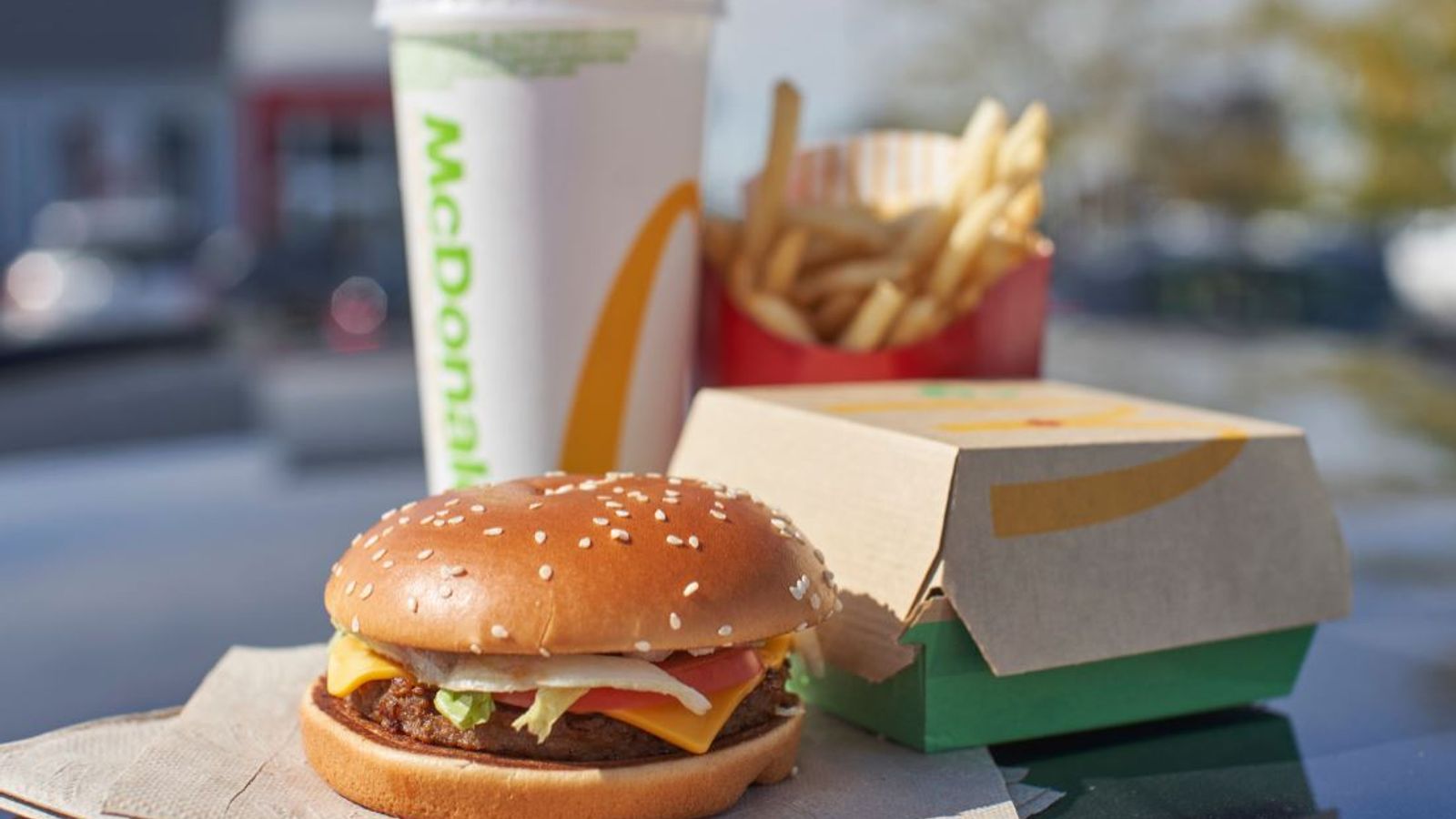
The space in a tide pool may be limited, but the food there is plentiful. In fact, researchers are trying to figure out if and how it can be harvested or reproduced for commercial use. This natural substance is among the most powerful glues known to exist. Barnacles, for example, produce a fast-curing cement that lets them stay put. To survive in this rugged environment, tide pool inhabitants often cling very tightly to any rock to which they can adhere.

At high tide, the pool’s plants and animals are bathed in fresh seawater, but must endure the pounding of crashing waves and foraging fish with temporary access to the shoreline. While these small basins at the ocean’s edge typically range from mere inches to a few feet deep and a few feet across, they are packed with sturdy sea life such as snails, barnacles, mussels, anemones, urchins, sea stars, crustaceans, seaweed, and small fish.Īs ocean water retreats outside the tide pool during low tide, the resident marine life must endure hours exposed to the sun, low oxygen, increasing water temperature, and predators such as wading birds that specialize in dining in these shallow pools. It is illegal to do so in many areas.įormed in depressions along the shoreline of rocky coasts, tide pools are filled with seawater that gets trapped as the tide recedes. If you peek under a rock, put it back where and as you found it.Find footholds on bare rocks, which are less slippery than those colonized with algae and other sensitive sea life.




 0 kommentar(er)
0 kommentar(er)
